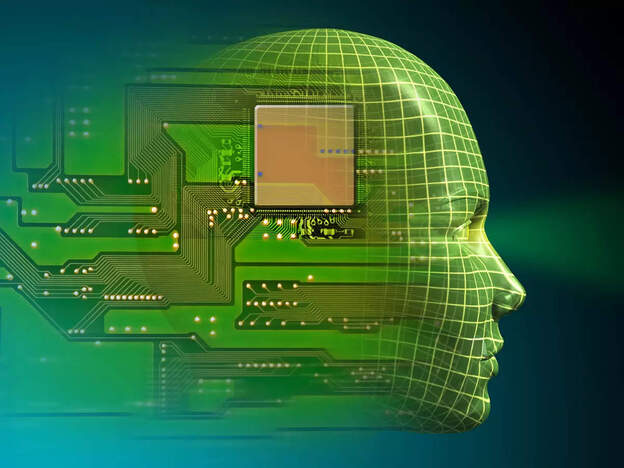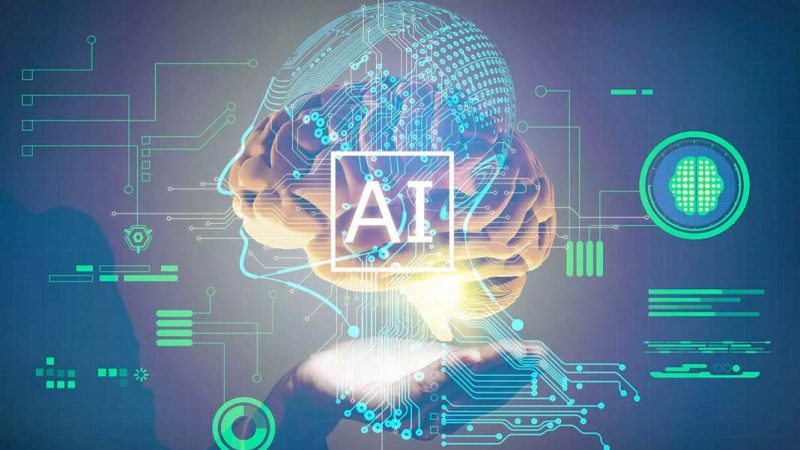3 Benefits Of Microsoft’s AI in Today’s Technology

The level of development of Artificial Intelligence that has been reached today already provides a revolutionary capacity to delve into large data sets, which can provide numerous benefits for companies under this 3 benefits of Microsoft’s AI in today’s technology are discussed.
This rapid technological acceleration is transforming the industry and Microsoft plays a significant role in its evolution through a variety of services and applications.
From the cloud to productivity and research, its focus on AI spans a wide range of sectors and seeks to facilitate its adoption in companies and organizations around the world.
An example of this is the recent functions that Microsoft integrates into OpenAI’s Bing search engine, the Azure AI platform, or the company’s research division dedicated to this technology that works on cutting-edge projects in areas such as machine learning, vision computers, and robotics.
1) Powerful Security Features to Protect Your Personal Data
Among the numerous benefits that AI provides, the speed and agility of response stand out, being a powerful tool to improve the security of business data as it allows you to view, classify, and contextualize more information quickly.
It is a technology that allows you to analyze large amounts of data and patterns to identify anomalous behavior that could indicate a cyber risk or threat, such as ransomware and malware.
In this way, companies can detect attacks early or in real time and confront them.
In this sense, Microsoft is firmly committed to guaranteeing the security of systems, and to this end, it has invested in the Microsoft Security Threat Intelligence Team
a team of experts who are responsible for identifying the vulnerabilities of Artificial Intelligence systems and how attackers can use the systems themselves to launch attacks.
2) Increased efficiency: An added advantage to complete more Tasks with Limited Resources
More and more organizations are looking to reduce operating costs, anticipate trends, reduce carbon footprints, and improve customer and employee experiences.
To achieve these objectives, automation, and AI come into play in workflows, key to helping boost efficiency.
Specifically, with the Microsoft cloud, people in technical and non-technical positions can access advanced capabilities with which to be more productive.
This is due to the merger that the company is carrying out, from Viva Sales to Power Platform and Azure AI.
Now, clients can leverage the skills and resources they already possess and combine trusted platforms such as:
- Dynamics 365 and Viva Sales – A seller experience application that captures customer and contract information and incorporates it within any customer relationship management (CRM) system, eliminating manual data entry and freeing up the time to focus on sales.
- Microsoft Syntax: Automatically reads, tags, and indexes high volumes of content and connects them to the parts of the context that need them. Like search, applications, and reusable knowledge.
- Power Platform – Simplifies web and application development, automates workflows, creates virtual representatives, and analyses data.
- Azure Applied AI Services and Azure Cognitive Services: Custom, pre-integrated models for developers to quickly deploy intelligent applications.
- Azure Machine Learning: a unified machine learning platform that helps teams produce models faster, being able to share logs at the user and organizational level for greater repeatability and scale; and access open-source tools to simplify debugging directly into the data scientist’s workflow.
3) Ease of Developing applications and software
AI is playing an essential role in simplifying and improving applications and software, allowing developers to be more productive and create efficient and secure applications thanks to:
- Automation of repetitive tasks such as code generation, software testing, and bug fixing.
- Assisted code generation like OpenAI GPT-3, writing example code, completing snippets, and providing syntax hints.
- Detection and correction of errors, security vulnerabilities, and poor coding practices, thereby improving software quality.
- Automated software testing to identify risk areas
- Personalization of the user experience by analyzing their behavior and adapting the application interface to meet their needs and improve usability.
These are just some of the many capabilities that Microsoft technologies provide. Like Copilot, the innovative Azure tool, or Power Platform’s low-code and no-code solutions.






